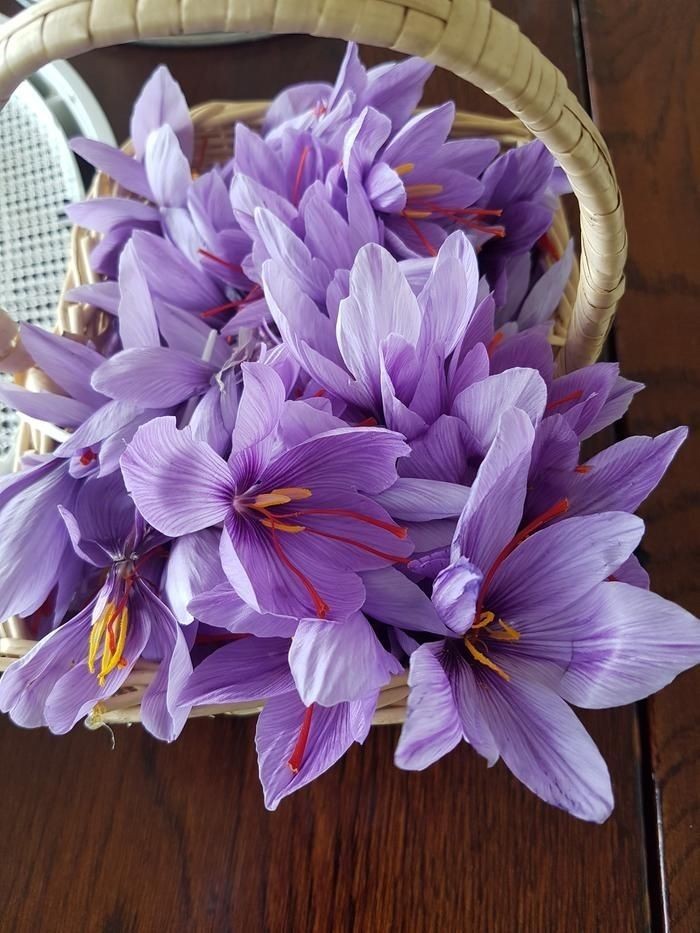Categories
The latest content
-
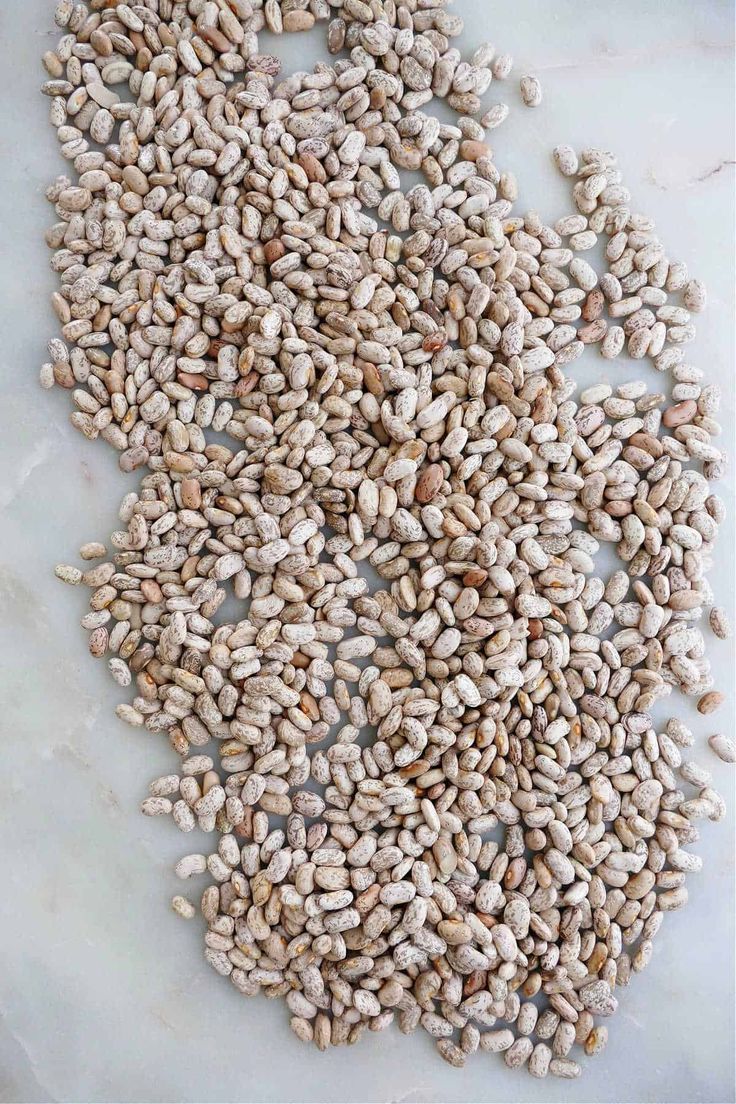
Customs Clearance & Import Regulations for Bulk Iranian Pinto Beans in EU, Middle East & Africa
..
-
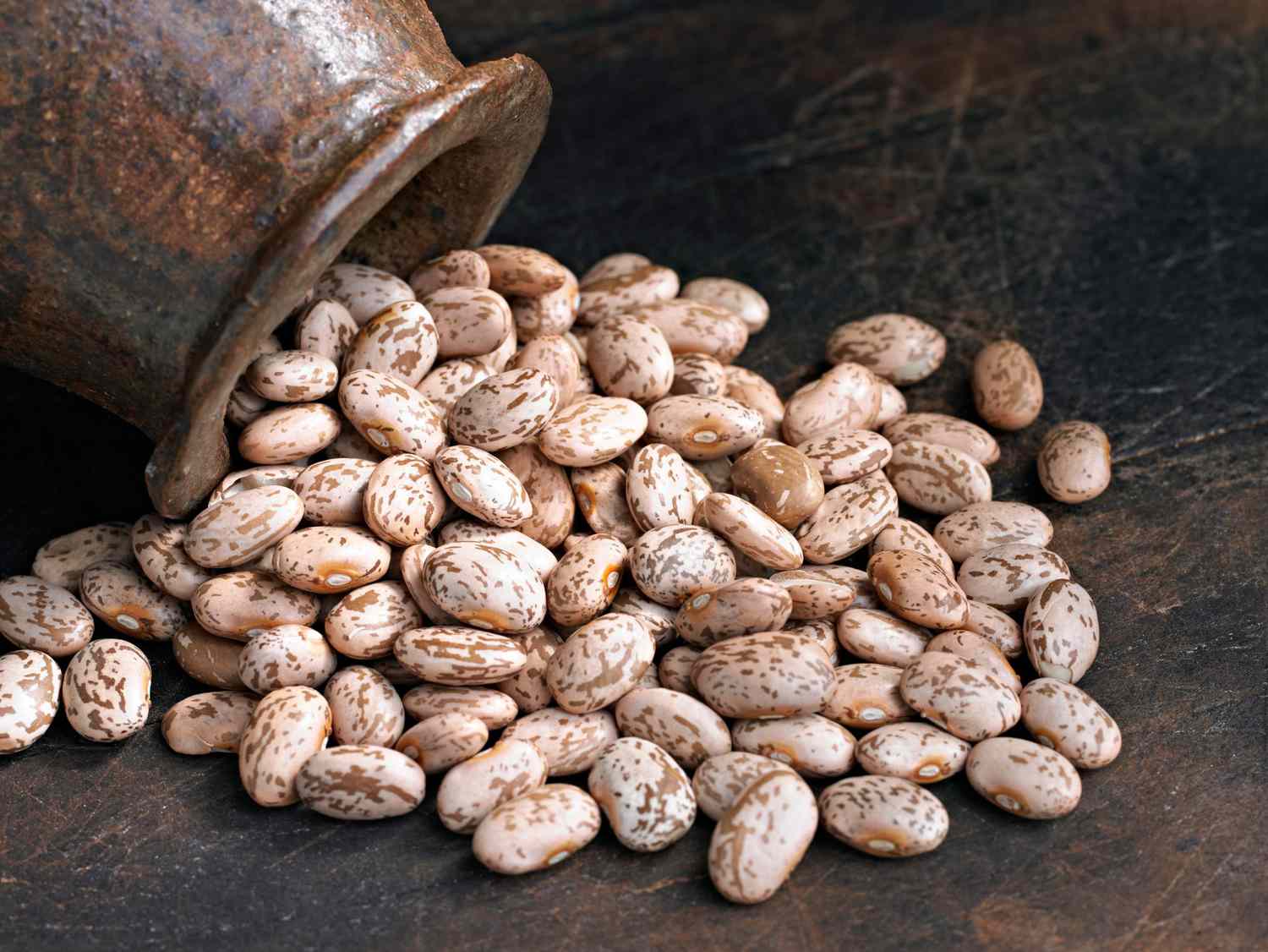
Quality Control & Laboratory Testing Standards for Iranian Pinto Beans
..
-
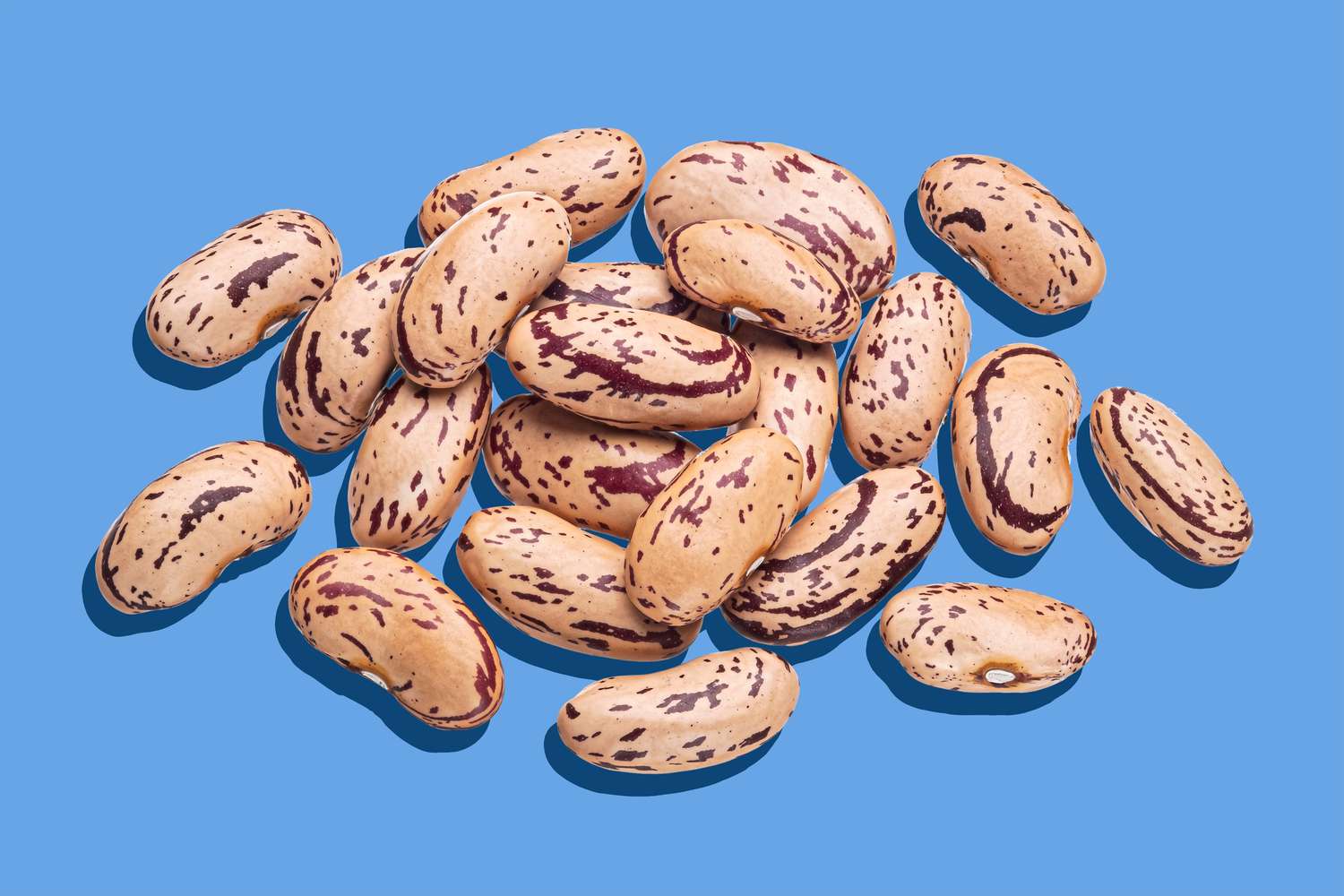
Logistics & Shipping Solutions for Bulk Iranian Pinto Bean Exports
..
-
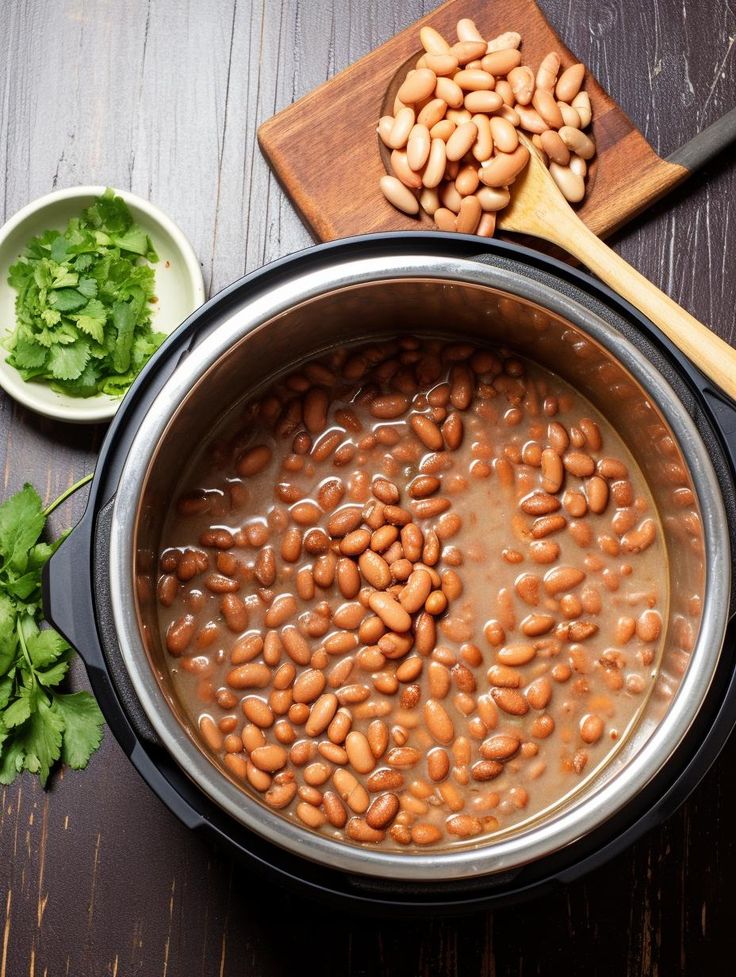
Minimum Order Quantity (MOQ) & Bulk Pricing for Iranian Pinto Bean Buyers
..
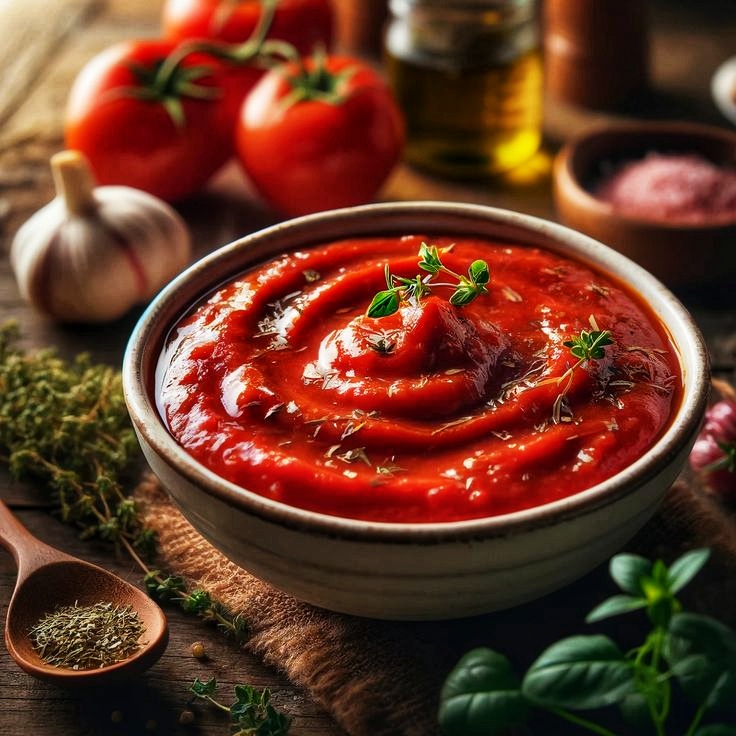
Tags
Quality Control & Laboratory Testing Standards for Iranian Chickpeas

In the world of global agri-food trade, quality consistency is the key to building trust. For Iranian chickpeas, one of the country’s most valuable exports, every step, from field selection to shipment, is monitored through a precise quality control (QC) and laboratory testing process.
At Tamila Agrifood, we believe that high-quality chickpeas aren’t just grown, they are proven through testing.
Each batch we export is backed by scientific analysis, international certifications, and transparent grading reports.
This article reveals how Iran’s chickpeas meet, and often exceed, global expectations for purity, nutritional value, and food safety.
1. Farm-to-Export Quality Assurance Framework
Iran’s chickpea production follows a strict “farm-to-market” quality assurance model designed to maintain product integrity at every stage.
Tamila Agrifood’s standard QC process includes:
1. Seed Selection: Only certified and non-GMO seeds are used.
2. Cultivation Monitoring: Partner farms are inspected for soil health, irrigation quality, and organic fertilizer use.
3. Harvest Inspection: Samples from each batch are tested for maturity, moisture, and physical purity.
4. Post-Harvest Cleaning & Sorting: Impurities such as stones, broken seeds, or foreign matter are removed mechanically and manually.
5. Laboratory Testing: Comprehensive chemical and microbiological analyses ensure compliance with export standards.
6. Packaging & Final QC: Each consignment is verified for labeling accuracy, moisture, and cleanliness before loading.
This step-by-step approach ensures traceability, consistency, and compliance — essential for international buyers.
2. Laboratory Testing Parameters for Iranian Chickpeas
Before export, every lot undergoes standardized laboratory testing in ISO/IEC 17025-accredited facilities.
The key tests include:
Test Parameter / Purpose / Acceptable Range
Moisture Content / Prevents mold & spoilage / ≤ 12%
Purity Test / Ensures absence of foreign matter / ≥ 98% pure
Admixture Check / Detects broken or damaged seeds / ≤ 2%
Protein Content / Nutritional value indicator / 19–21%
Aflatoxin Level / Ensures food safety / < 10 ppb
Microbiological Tests / Checks for Salmonella & E. coli / Not Detected
Ash & Fiber Analysis / Confirms authenticity of variety / Standard per ISO 2171
Grain Size & Color Uniformity / Visual grading / 7–12mm (Kabuli), 5–7mm (Desi)
These tests are performed according to Codex Alimentarius, EU food safety directives, and HACCP standards.
3. Visual & Mechanical Grading Standards
After laboratory approval, chickpeas are graded based on size, color, and texture, crucial for meeting buyer expectations.
Tamila Agrifood grading categories:
Grade / Description / Typical Export Market
Extra Grade (A+) / Uniform color, large size (≥9mm), minimal defects / EU, North America
Grade A / Slightly mixed color, 8–9mm, excellent quality / GCC, Middle East
Grade B / Mixed size (7–8mm), economical / Africa, South Asia
Grade C / Local markets or industrial use / Domestic or processing industries
Every bag is labeled with batch codes for traceability, allowing importers to verify quality at any stage of distribution.
4. Safety & Hygiene Protocols in Processing Facilities
Tamila Agrifood’s chickpea processing units operate under Good Manufacturing Practices (GMP) and HACCP-certified systems, ensuring food-grade hygiene and cross-contamination prevention.
Our facilities include:
• Metal detectors and optical sorters for impurity removal
• Temperature-controlled storage for freshness retention
• Anti-pest fumigation systems compliant with EU standards
• Humidity-controlled packaging zones (ideal for chickpea stability)
These standards guarantee that every exported container meets the safety benchmarks required by Europe, Africa, and the Middle East.
5. Certification & Compliance
To meet the regulatory demands of global importers, Tamila Agrifood provides comprehensive certification support with each shipment.
Our chickpeas are tested and certified for:
ISO 22000 – Food Safety Management System
HACCP – Hazard Analysis & Critical Control Points
Halal Certification (for GCC and Islamic markets)
Organic Certification (upon request, EU-compliant)
Phytosanitary Certificate (Ministry of Agriculture of Iran)
Certificate of Origin & Analysis Report
All test results are digitally documented, and available for buyers prior to shipment confirmation.
6. Nutritional & Sensory Profile Verification
Quality control also extends to nutritional and sensory testing, which determines consumer satisfaction.
Average nutritional composition of Iranian Kabuli chickpeas (per 100g):
• Protein: 19.5 g
• Fiber: 12 g
• Fat: 6 g
• Carbohydrates: 61 g
• Iron: 4.3 mg
• Moisture: 11.2%
Sensory testing evaluates:
Aroma: Fresh, nutty scent (no mustiness)
Color: Creamy beige or golden
Taste: Mild, slightly sweet
Texture: Smooth and uniform after cooking
Only batches meeting these standards are approved for export labeling.
7. Pre-Shipment Inspection (PSI)
Before containers leave Iranian ports (Bandar Abbas or Bushehr), each consignment undergoes Pre-Shipment Inspection (PSI) either by SGS, Bureau Veritas, or an equivalent independent third-party agency.
The PSI ensures:
• Correct weight and net quantity
• Clean packaging and labeling
• Verified batch test reports
• Compliance with buyer specifications
This provides importers with full confidence and traceable documentation for customs clearance in their destination country.
8. Packaging & Labeling Verification
Packaging plays a crucial role in maintaining chickpea quality during long-distance transit.
Tamila Agrifood offers multiple packaging options based on client preference:
• 50 kg PP bags (standard bulk)
• 25 kg laminated bags (retail-ready)
• 1 MT jumbo bags (industrial supply)
• Private label options with barcodes & country-of-origin tags
Each bag includes the following QC information:
Batch Number • Moisture Level • Grade • Net Weight • Production Date • Exporter ID
This ensures full transparency and professional presentation upon arrival.
9. Continuous Improvement Through R&D
Tamila Agrifood collaborates with Iranian agricultural research institutes to improve seed genetics, pest resistance, and post-harvest handling methods.
We invest in modern optical sorters, moisture analyzers, and protein testers, keeping our QC process aligned with EU and ISO 9001:2015 standards.
Our long-term goal:
To make Iranian chickpeas a benchmark for premium legume exports worldwide through measurable quality excellence.
10. Why Importers Trust Tamila Agrifood?
Importers from over 20 countries choose Tamila Agrifood because we provide more than just a product, we deliver proof of quality.
Our clients benefit from:
Pre-export lab reports & photos
24/7 shipment tracking
Customized product specifications
Reliable communication in English & Arabic
Competitive pricing with guaranteed consistency
When you import Iranian chickpeas through Tamila Agrifood, you invest in verified quality, certified reliability, and transparent trade.
Conclusion: Proven Quality You Can Trust
In international trade, quality isn’t a claim, it’s evidence.
Through meticulous laboratory testing, multi-stage inspection, and certified compliance, Iranian chickpeas from Tamila Agrifood meet the highest export benchmarks in the world.
From farm to laboratory to your port, we ensure every batch is safe, pure, and premium, just as your market demands.
Contact Tamila Agrifood to request your latest QC report and price quotation today!
Email: tamilaagrifood@gmail.com
Call / WhatsApp for Quotations: +989141858935



